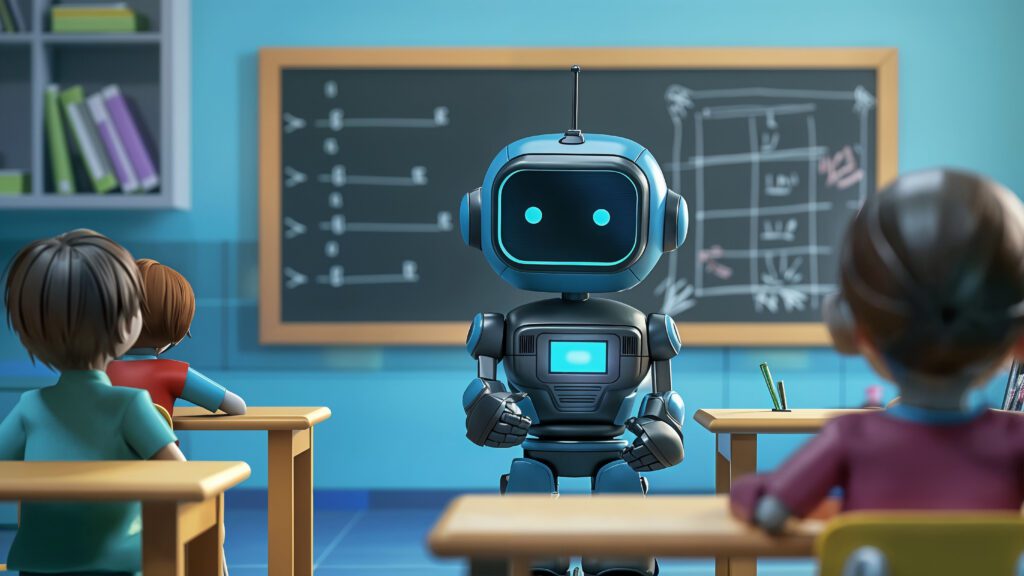
Classrooms in India are not what they used to be. Students no longer rely solely on textbooks and lectures. Technology is slowly becoming part of the learning process, and schools are experimenting with new tools that make education more interactive and tailored to each student.
Reports from NASSCOM show that by 2025, adoption of advanced learning tools in Indian schools will grow by about 25%. This means more personalized learning and smarter ways for teachers to track student progress.
How Technology Is Being Used
Many schools and online platforms have started using tools that adjust lessons to students’ needs.
- Personalized Learning: Platforms like BYJU and Vedantu track how students perform and suggest lessons that match their level.
- Automated Grading: Teachers can save time as tests and quizzes are graded automatically.
- Virtual Support: Students can get help anytime through chatbots or online tutors (EdTechReview, 2024).
- Tracking Performance: Schools can see which students need extra support and help them before they fall behind (Times of India).
Benefits for Students and Teachers
Students benefit in many ways:
- Lessons are tailored to their pace, so learning feels more natural.
- They can ask questions anytime using virtual tutors.
- Some platforms use gamified learning, which makes studying fun.
Teachers also benefit:
- Grading and administrative tasks take less time.
- Teachers get insights into how students are performing (World Economic Forum, 2025).
- With more time, they can focus on interactive teaching and activities in class.
Challenges That Remain
Even with these improvements, there are challenges:
- Internet Access: Not all students have reliable internet. UNESCO says more than 40% of students face connectivity problem.
- Data Privacy: Schools need to protect student information carefully.
- Teacher Training: Not all teachers are ready to use these tools effectively.
- Too Much Dependence: Relying heavily on technology may reduce students’ problem-solving skills.
What the Future Looks Like
The coming years will likely see:
- Blended Learning: Combining digital tools with regular classroom teaching.
- Higher Education Support: Online platforms guiding students through courses and career paths.
- Regional Language Support: Lessons available in Hindi, Marathi, Tamil, and other languages (Times of India, 2025).
- Collaboration Tools: Students working together on projects using online platforms.
Conclusion
Technology is quietly transforming education in India. While there are hurdles like connectivity and training, the benefits for students and teachers are significant. Learning can now be more personal, interactive, and efficient.
Schools, teachers, and parents who understand and use these tools effectively will be better prepared for the future of education in India.